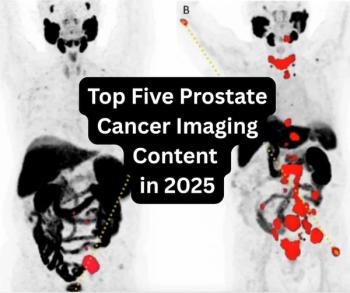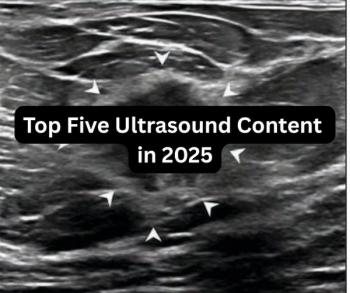
Multislice CT sector gears up as systems enter production phase
Vendors begin preparations for looming “slice war”For much of 1999, the only company commercially shipping multislice CT systems has been GE Medical Systems. But the Milwaukee, WI-based company no longer has a monopoly on the
Vendors begin preparations for looming slice war
For much of 1999, the only company commercially shipping multislice CT systems has been GE Medical Systems. But the Milwaukee, WI-based company no longer has a monopoly on the market.
Picker International began full production of its Mx8000 multislice CT systems in July, according to Michael Sims, multislice product manager. Over the last two months, Picker has shipped more than 15 of its Mx8000 units.
The company has more than 80 systems on back order, said Sims, who expects Cleveland based Picker to ship between 10 and 15 multislice scanners each month going forward.
The market is on fire, he said. The response has been phenomenal.
Siemens Medical Systems, on the other hand, expects to be in full production with its multislice scanner, the Somatom Plus Volume Zoom, early in September.
All the logistics, all the people in the organization, are up to speed, said John Sandstrom, director of strategic marketing, CT, for Siemens of Iselin, NJ. Were going into full delivery mode now.
Sandstrom, who notes that Siemens has about 150 systems on back order, expects the company to be shipping 10 to 15 systems every month starting in September. Over the next 12 months, he expects the industry as a whole to sell one multislice unit for every four conventional systems. As of mid-August, Siemens had units installed in 10 sites globally. Two are in the U.S., all are beta or luminary sites.
Picker and Siemens are partners in the production of technology for use in each others multislice scanners. The arrangement came about last year as a result of Pickers purchase of Elscint, which had originally allied with Siemens in the development of their next-generation scanners.
The software, some of the hardware in the front end, the computer systemsall those are entirely different, however, Sims said.
Two other CT vendorsToshiba America and Philips Medical Systemshave yet to begin commercial production of multislice scanners. Toshiba is believed to be close, as the company has already staked out a claim to this market with its Aquillion CT scanner. The current version of Aquillion is constrained to a single slice, although the company has a multislice detector in the works.
Industry observers, meanwhile, speculate that Shelton, CT-based Philips will soon offer a multislice scanner. Sources knowledgeable with the situation indicate, however, that the Philips scanner could offer eight slices rather than the current state-of-the-art four. Whether Philips will follow Tustin, CA-based Toshibas lead and first release a single-slice version or leap directly into multislice capability is not known. More may be known by this years RSNA meeting, which is the earliest that observers expect Philips will be able to come out with a CT platform capable of supporting multislice imaging.
In this context, industry pundits are wondering if a slice war is looming with competitors trying to outdo each other with scanners that generate eight rather than four slices, or 16 rather than eight. R&D at each of the major vendors is known to be focusing now on producing detectors that generate more than the current four slices. When these many-slice scanners will be introduced and how many slices will be too many will depend on end usersand economicsaccording to Sandstrom.
More is not necessarily better, he said. There are penalties to be paid with an increasing number of slices. Processing time goes up, productivity can go down, filming costs can go up, and the amount of data going into your PACS network increases. This can all have a negative effect.
Newsletter
Stay at the forefront of radiology with the Diagnostic Imaging newsletter, delivering the latest news, clinical insights, and imaging advancements for today’s radiologists.




























